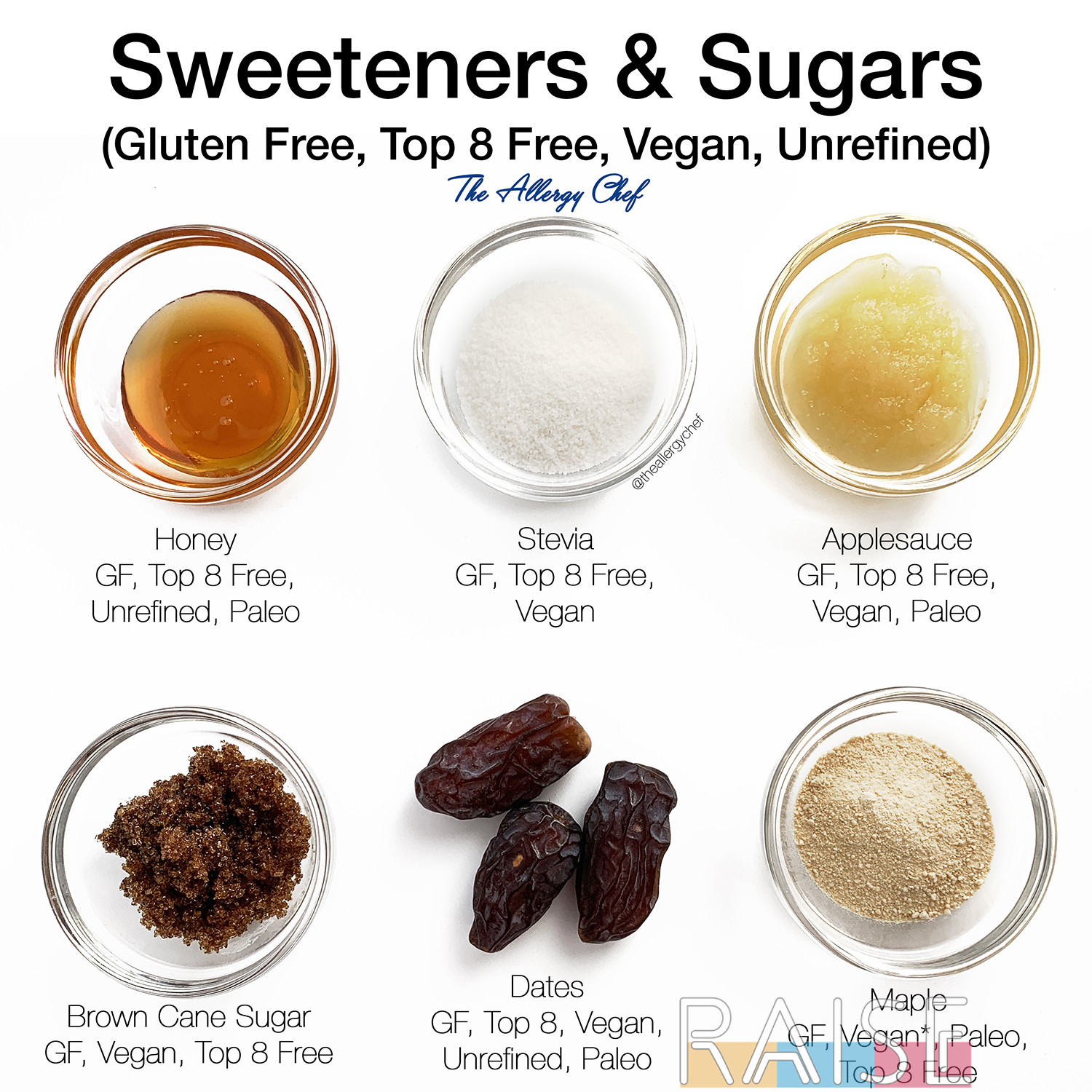Beet Sugar vs. Cane Sugar: Trick Differences You Ought To Know
The distinction in between beet sugar and cane sugar prolongs beyond their similar chemical compositions; it incorporates their beginnings, manufacturing approaches, and possible health effects. While both kinds of sugar act as typical sugar, their divergent histories-- beet sugar emerging in 19th century Europe and cane sugar tracing back to old Southeast Asia-- established the phase for a deeper exploration of their manufacturing and nutritional accounts. Understanding these differences might affect consumer choices in a market increasingly concentrated on wellness and sustainability. What subtleties might even more notify your decisions on these sweeteners?
Beginnings of Beet Sugar
Although beet sugar has come to be a significant player in the global sugar market, its origins can be mapped back to the very early 19th century when European researchers began checking out different resources of sugar. The turning point occurred in 1801 when German drug store Andreas Marggraf recognized sugar in the white beet, a discovery that laid the groundwork for succeeding study and industrial applications.
The procedure of refining beet sugar was further advanced by his pupil, Franz Karl Achard, who developed the very first beet sugar factory in Prussia in 1806. This innovation coincided with the Napoleonic Battles, throughout which profession disturbances led to an enhanced demand for residential sugar manufacturing in Europe. beet sugar vs cane sugar. As an outcome, beet sugar gained traction, specifically in nations like France and Germany

Beginnings of Cane Sugar
Cane sugar, acquired from the sugarcane plant, has an abundant background that dates back thousands of years, largely in exotic areas where the plant grows. The earliest proof of sugarcane cultivation can be traced to New Guinea and Southeast Asia around 8,000 BCE. From these beginnings, understanding of sugarcane infect India, where it was very first refined into taken shape sugar by the 5th century CE.
As profession routes developed, sugarcane got to Persia, the Mediterranean, and eventually Europe, where it was at first related to as a luxury product. The expansion of sugar production took place during the Islamic Golden Era, which facilitated the transfer of agricultural methods and technologies. By the 15th century, the demand for sugar surged, prompting European countries to establish vineyards in the Caribbean and South America.
This change not only transformed the agricultural landscape of these areas however likewise had significant socio-economic implications, including the dependence on confined labor. Cane sugar, once an uncommon asset, ended up being a staple in diets worldwide, laying the structure for the global sugar market we acknowledge today. Understanding its beginnings is crucial for appreciating cane sugar's influence on cooking traditions and economic situations.
Production Processes
The manufacturing for both beet sugar and cane sugar include several important steps that transform raw products right into the crystalline sweeteners generally utilized today. For beet sugar, the procedure begins with harvesting sugar beetss, which are after that washed and cut right into thin cossettes. These cossettes are subjected to warm water extraction, enabling the sugar to dissolve.
In contrast, cane sugar manufacturing begins with the harvesting of sugarcane, which is squashed to remove the juice. While both processes share resemblances, the resource material and details methods result in unique characteristics for beet and cane sugars, influencing the choices of consumers and producers alike.
Nutritional Contrast
When comparing the dietary accounts of beet sugar and cane sugar, it is important to identify that both sweeteners are mostly composed of sucrose, resulting in similar energy material and caloric values (beet sugar vs cane sugar). Both sorts of sugar generally contain about 4 calories per gram, making them equivalent in terms of power provision
In enhancement to sucrose, both beet and cane sugars include trace amounts of minerals and vitamins; however, these quantities are minimal and do not significantly add to day-to-day nutritional requirements. Both may include minute degrees of magnesium, potassium, and calcium, but these are not present in sufficient amounts to use any kind of significant health and wellness benefits.
Additionally, the lack of fiber in both kinds of sugar emphasizes their function as pure sweeteners rather than sources of nutrition. beet sugar vs cane sugar. While they may offer a fast source of power, their absence of necessary nutrients emphasizes the importance of moderation in intake
Inevitably, from a purely dietary perspective, beet sugar and cane sugar are essentially tantamount, making the option between both mostly reliant on variables such as taste choice, availability, and environmental factors to consider.
Wellness Effects
While beet sugar and cane sugar share comparable nutritional accounts, their health and wellness ramifications warrant consideration beyond simple make-up. Both sugars are largely composed of sucrose, which can bring about comparable metabolic effects; too much intake can contribute to weight problems, diabetes mellitus, and heart diseases. The source and manufacturing processes of these sugars may affect their overall wellness effect.
Beet sugar is often generated making use of controversial chemicals, such as phosphoric acid, which may leave trace deposits. In comparison, cane sugar undertakes a much more traditional refining procedure, which often tends to be less chemical-intensive. The presence of these deposits in beet sugar can increase worries for delicate populaces or those looking for my website to decrease chemical direct exposure.

In addition, the growing techniques of sugar beetss and sugar cane may differ, with Homepage the former often involving even more extensive farming methods that can influence soil wellness and biodiversity. This agricultural context may influence the broader health and wellness effects of sugar usage on a population level.
Eventually, while both beet and cane sugars serve similar functions in the diet regimen, customers must think about the nuances of production and sourcing when making informed options concerning their sugar consumption.
Final Thought

While both types of sugar offer as common sweeteners, their different backgrounds-- beet sugar emerging in 19th century Europe and cane sugar mapping back to ancient Southeast Asia-- set the phase for a deeper exploration of their manufacturing and dietary profiles.The process of refining beet sugar was additional progressed by his pupil, Franz Karl Achard, that established the very first beet sugar factory in Prussia in 1806.The production processes for both beet sugar why not try these out and cane sugar include numerous vital actions that change raw materials into the crystalline sweeteners generally used today. For beet sugar, the process starts with collecting sugar beetss, which are then washed and sliced right into thin cossettes. The extraction processes additionally identify the 2, with beet sugar utilizing hot water removal and cane sugar including squashing.